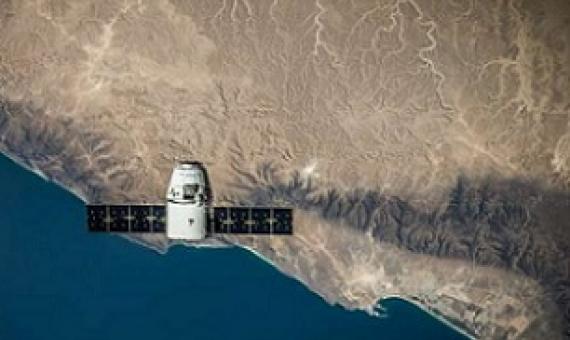The past as a lens for biodiversity conservation on a dynamically changing planet
We are in the midst of a major biodiversity crisis, with deep impacts on the functioning of ecosystems and derived benefits to people (1, 2). But we still have time to pull back. To do so, it is imperative that we learn from plants’ and animals’ past actions (3, 4). Conservation biology, ecology, and paleontology all emphasize that natural systems must exhibit resilience and dynamic responses to rapid environmental changes (3, 5, 6). Both climate and land-use change have accelerated over the past decades, underscoring the urgency for increased understanding and action (7–9).







